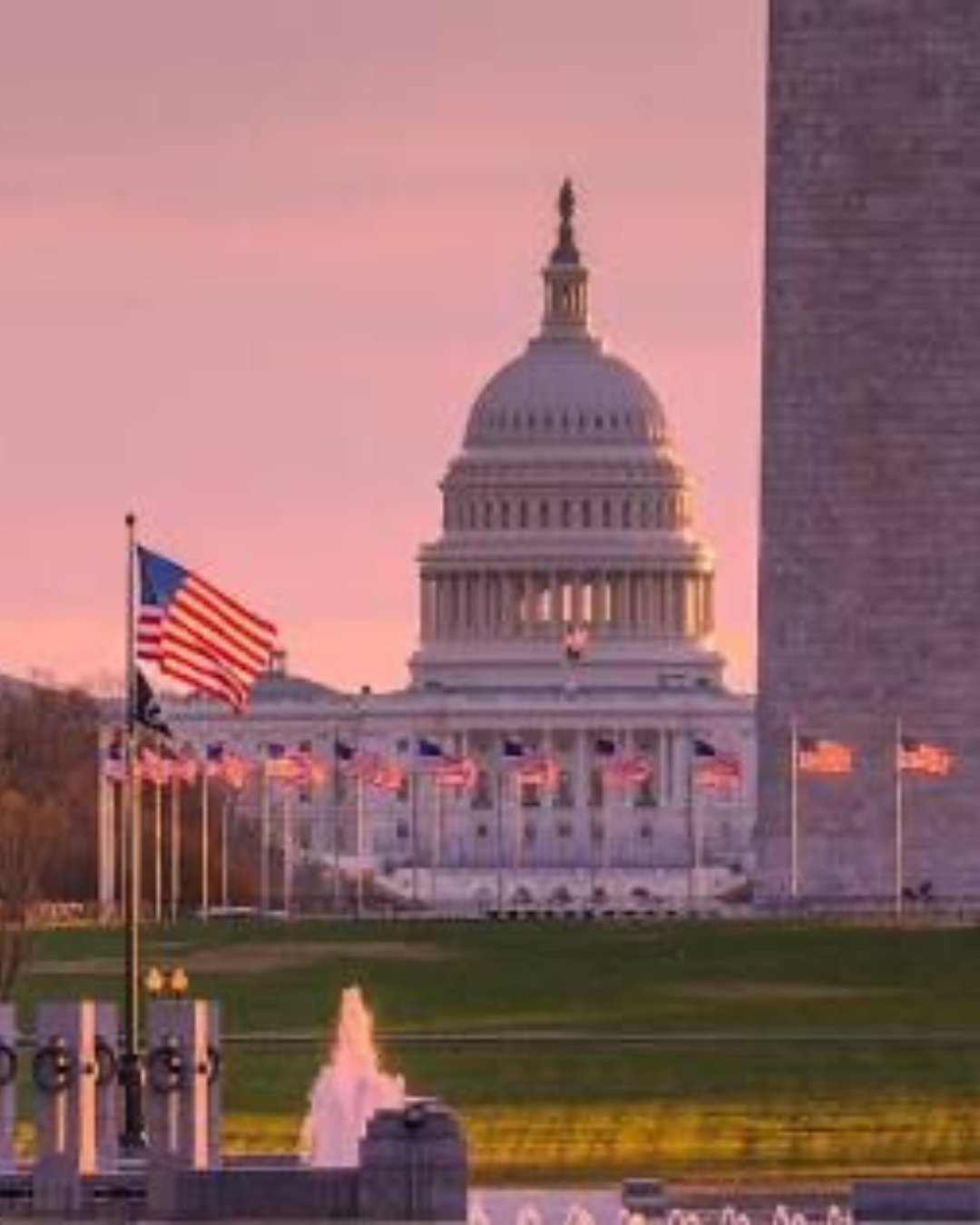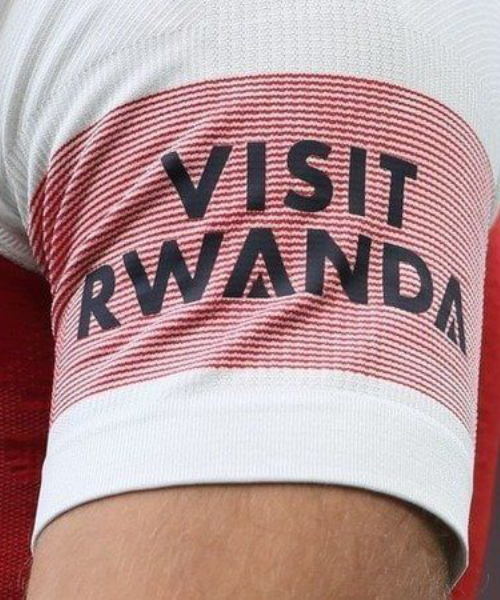The killing of Congolese Tutsi civilians near internally displaced persons (IDP) camps around Goma has reignited fears of ethnic violence and exposed disturbing patterns of armed group infiltration into humanitarian zones.
According to MAISHA RDC (@MaishaRdc) and corroborated by local investigators, the camps—intended as safe havens have become strategic strongholds for militias including the FDLR, Nyatura, Mai-Mai, and Wazalendo. These groups reportedly used the sites for rest, recruitment, logistics, and planning military operations.
International humanitarian organizations such as the World Food Programme, IOM, ICRC, MSF, and World Vision have maintained operations in the region. However, multiple reports suggest that some actors were aware of the armed presence within the camps, raising questions about complicity or operational blind spots.
The FDLR and Wazalendo militias allegedly exploited aid deliveries—food, medicine, and logistical support—redirecting them to their bases and fighters. Witnesses and analysts say this enabled continued assaults on rival groups and civilians, including targeted attacks on Congolese Tutsi communities.
One particularly harrowing incident involved the lynching and burning of a Congolese Tutsi man near the Mugunga camp. Images circulating online show the aftermath, underscoring the brutality of the violence and the failure of protection mechanisms.
Observers have drawn parallels to the 1994 refugee camps in eastern Zaire, where genocidal forces regrouped under the guise of humanitarian displacement. “The replication of this pattern in Goma is not just tragic—it’s a warning,” said Dr. Alexis Ruberwa, a Congolese political commentator.
Despite recent peace declarations between Congo and Rwanda, the situation on the ground remains volatile. The UN and rights groups have called for urgent investigations into the use of IDP camps by armed groups and the role of humanitarian actors in enabling or failing to prevent such abuses.











